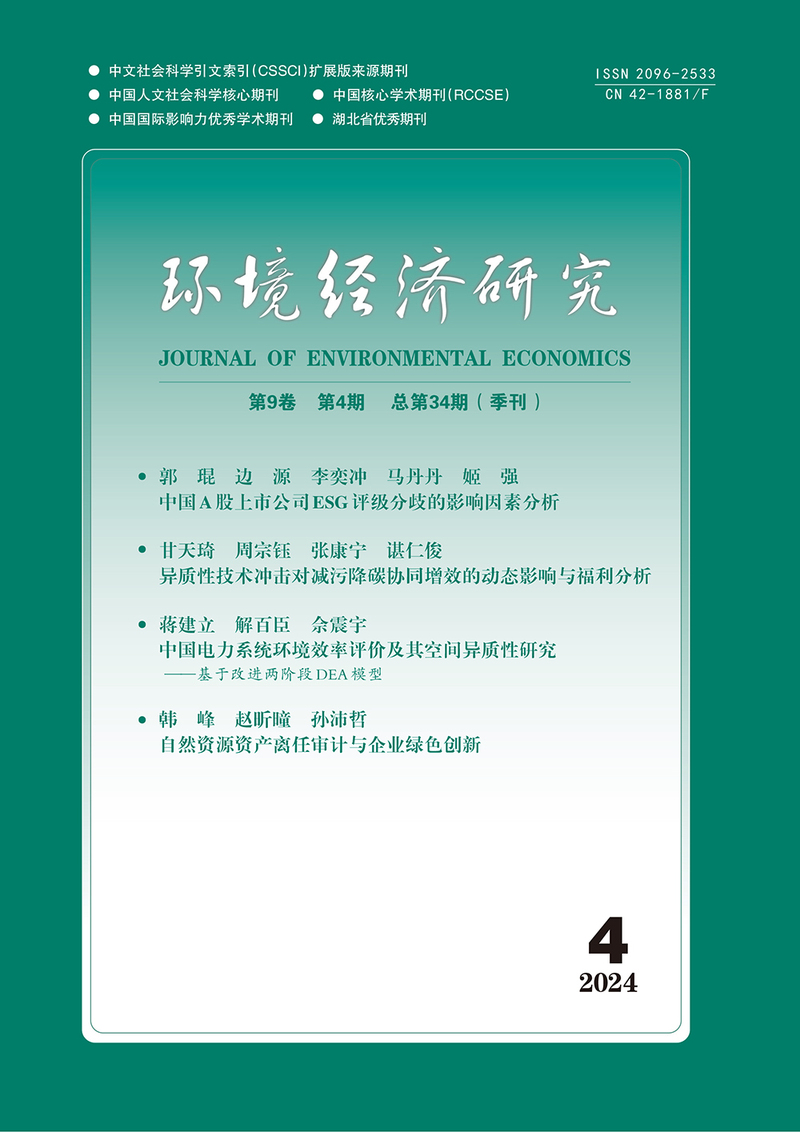Economic Benefits and Carbon Emissions of China’ s Participation in Household Equipment Manufacturing: Based on Global Value Chains Perspective
Zhang Wencheng
摘要:家用设备是中国重要的出口产品,但中国企业往往只是参与加工组装环节。本文利用多区域投入产出模型测算和分析中国参与发达国家家用设备全球价值链分享的要素收益和产生的CO2排放。研究结果显示,相比于其他发展中国家,中国参与发达国家家用设备GVC 获得了相当可观的要素收益,同时造成大量碳排放。中国承担的碳排放份额远高于分享的增加值份额。部门分析显示,中国设备产品及零部件出口为服务部门创造大量增加值,且比重有上升趋势,而造成的CO2排放主要发生在电力和金属制造部门。此外,本文分析还显示,创造相同的增加值,中国出口最终设备比出口相关零部件产生的CO2排放少。有鉴于此,中国企业应该在家用设备全球价值链中更多地从事研发设计、品牌营销等高收益和低排放的生产环节。
关键词 : 家用设备, 全球价值链, GVC 收入, 碳排放
Abstract: Household equipment is a major product category exported by Chinese firms who mainly participate in processing and assembly activities in the supply chain. Based on a global input-output model, this paper examined value-added creation and CO2 emissions of China from embedding the global value chains of household equipment. The results show that China obtained significant economic benefit in value-added terms from participating in these global value chains, whereas it also generated substantial CO2 emissions. Decomposition by sector shows that equipment exports in China contributed significantly to value-added creation in service sectors while emissions mainly located in power generation sector and metal production sector. In addition, given the amount of value-added from GVC, exports of finished equipment generated fewer emissions on average than exports of intermediates in China. Chinese firms should shift their position in the global value chains to activities generating higher economic benefit and less pollution such as innovation, design and brand marketing.
Keywords:Household Equipment; Global Value Chains; GVC Income; Carbon Emissions
DOI:10.19511/j.cnki.jee.2017.03.005
